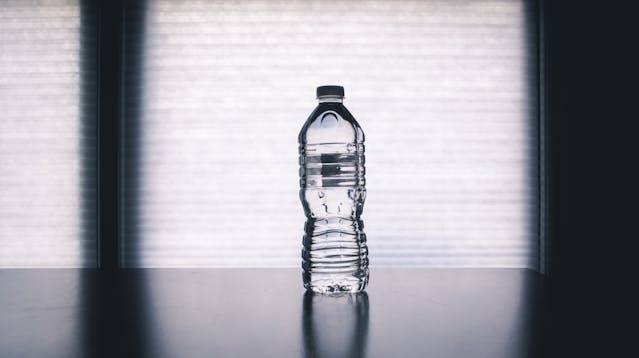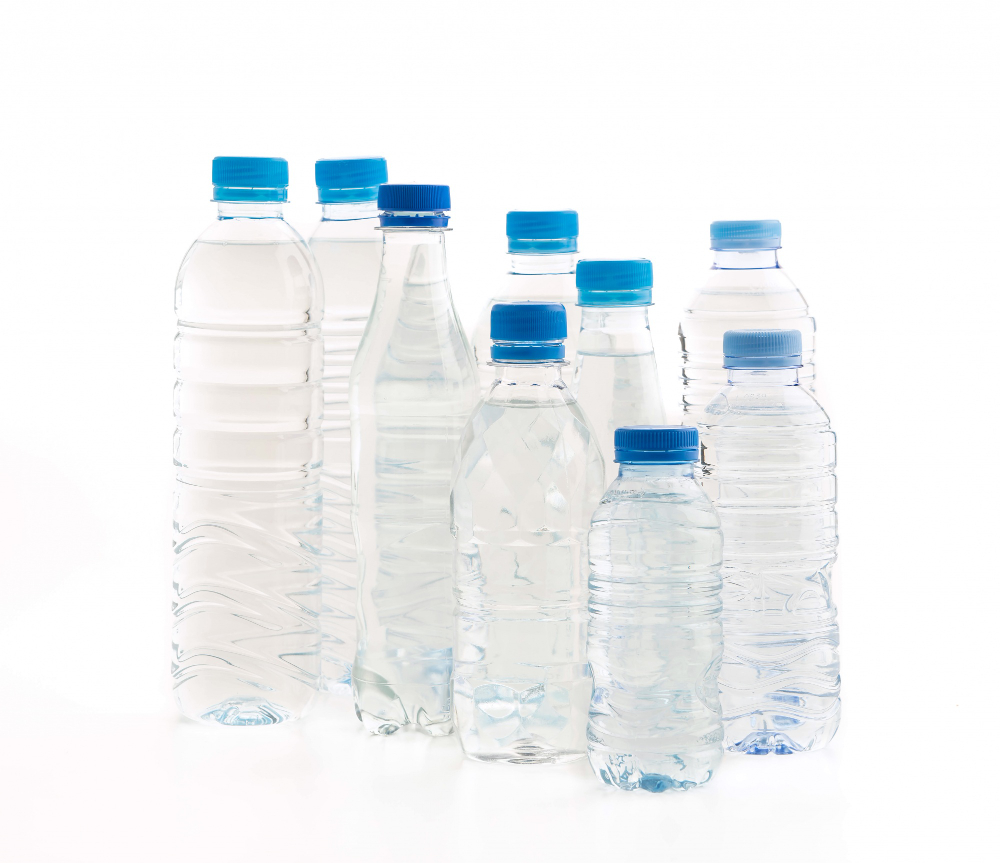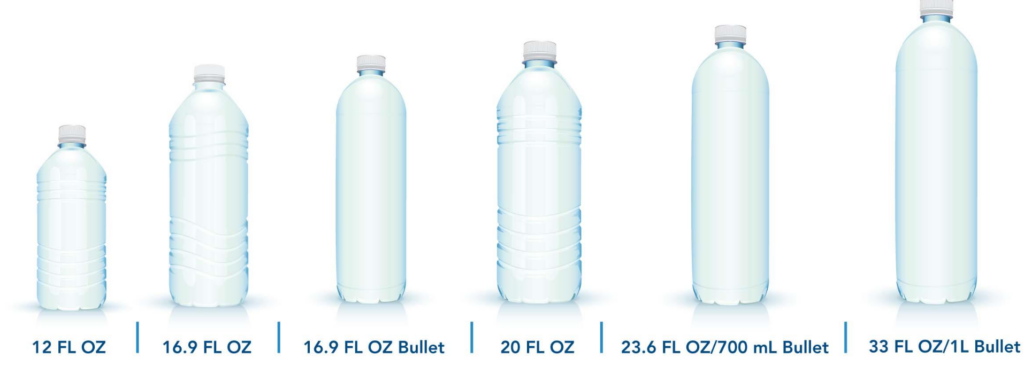Water bottles are everywhere—from gym bags, office desks, hiking trails, and car cup holders. They come in all shapes and sizes, yet most of us never stop to think about how their dimensions impact our daily routines. Have you ever wondered why some bottles fit snugly in your hand while others seem like they’re built for giants? Or why that reusable bottle in your bag is just a little too tall for your car’s cup holder?
Let’s take a closer look at the intriguing world of water bottle sizes, uncover the secrets behind their dimensions, and find out how these everyday essentials are designed to fit perfectly into our lives.

Understanding Water Bottle Dimensions
Water bottles are measured primarily in two ways: height and diameter. These measurements vary widely depending on the bottle’s capacity, design, and purpose. Here are some standard sizes with approximate dimensions:
- 16.9 oz (500 mL) Bottle
Height: Around 8 inches
Diameter: About 2.5 inches
- 20 oz Bottle
Height: Roughly 9 inches
Diameter: Approximately 2.8 inches
- 32 oz (1 Liter) Bottle
Height: Typically 11 inches
Diameter: About 3.5 inches
- 1-Gallon Jug
Height: Close to 10-12 inches
Diameter: Around 6 inches
These dimensions help determine how much water the bottle holds and how portable and convenient it is for daily use.
Also Read: How Many Water Bottles Are in a Gallon
Why Do Water Bottles Come in Different Sizes?

Water bottles come in various sizes to suit different needs and lifestyles. From portability to functionality, each size is designed with a specific purpose.
1. Purpose of the Bottle
Bottles designed for casual use, such as single-use plastic bottles, are often compact and lightweight. Reusable bottles, intended for outdoor activities or workouts, tend to be more significant to hold more water.
- A 16.9 oz bottle (about 8 inches tall) is perfect for casual hydration.
- A 32 oz bottle (around 11 inches) is better suited for gym-goers or hikers.
2. Portability
Smaller bottles, typically 6-8 inches tall, are easier to carry in purses, backpacks, or lunch boxes. Larger bottles, while less portable, reduce the need for frequent refills.
3. Design Features
Some bottles are slim to fit into car cup holders, while others have wide mouths for easy refilling and cleaning.
- A slim bottle may have a height of 8-10 inches but a smaller diameter, around 2.5 inches.
- Wide-mouth bottles can be shorter yet bulkier in diameter.
Also Read: How Big Is a Football Field?
Comparing Popular Bottle Sizes
Water bottles come in various sizes, each tailored to specific activities and preferences. Let’s break down the most popular options and how they fit into everyday life.
- Small Bottles (8-12 oz)
Height: 6-7 inches
Best for: Kids, short trips, or storing in small spaces like lunchboxes or fridge shelves.
- Medium Bottles (16.9-20 oz)
Height: 8-10 inches
Best for: Everyday use, such as carrying in a handbag or gym bag.
- Large Bottles (32 oz and above)
Height: 10-12 inches
Best for: Long outdoor activities, road trips, or staying hydrated throughout the day.
- Jugs and Gallons
Height: Around 12 inches
Best for: Family use, camping trips, or situations requiring a large water supply.
Also Read: 12 Everyday Things That Are 2 Centimeters Long
Factors Affecting Water Bottle Dimensions
The dimensions of a water bottle go beyond just aesthetics; they’re shaped by practicality and purpose. Factors like material, insulation, and design all play a role in determining its size and usability.
1. Material
The material of a water bottle can significantly influence its size and weight:
- Plastic Bottles: Often 8-12 inches tall, these are lightweight and designed for convenience.
- Stainless Steel or Glass Bottles: Typically 7-11 inches, they are more durable but heavier.
2. Insulation
Insulated bottles tend to be bulkier because of their double-wall construction. For example, a 20 oz insulated bottle may be as tall as 10 inches but broader than a standard plastic bottle.
3. Shape
Uniquely shaped bottles, like collapsible or infuser bottles, have variable dimensions. A collapsible bottle may be 3 inches when folded but expands to 10 inches.
How to Measure a Water Bottle

If you’re curious about your own water bottle’s dimensions, here’s how to measure it:
- Height: Use a ruler or tape measure to determine how tall the bottle is from base to cap.
- Diameter: Measure the width of the base by placing the bottle on a flat surface.
- Capacity: Check the label for the volume in ounces or milliliters to understand how much it holds.
Everyday Comparisons for Size
To visualize the dimensions of a water bottle, compare it to common objects:
- A U.S. dollar bill is about 6 inches long—place it next to the bottle for reference.
- Most smartphones are 5-6 inches tall, making them a handy tool for size comparison.
- A standard hardcover book is roughly 9-10 inches tall, similar to a medium water bottle.
Also Read: How Long Is 12 Inches? 10 Common Things That Are 12 Inches Long
Tips for Choosing the Right Bottle
The perfect water bottle depends on your lifestyle and preferences. Here are some suggestions:
- For Daily Use: A 16.9 oz bottle (around 8 inches) is lightweight, portable, and easy to refill.
- For Workouts: Go for a 32 oz bottle (approximately 11 inches) to stay hydrated during long exercise sessions.
- For Travel: A collapsible or compact bottle, less than 7 inches tall, saves space.
Custom and Creative Bottle Designs
Not all water bottles conform to standard sizes. Many are designed for specific needs or aesthetics:
- Infuser Bottles: These are usually 10-12 inches tall and include compartments for fruit or herbs.
- Collapsible Bottles: These range from 3 inches (folded) to 10 inches (expanded), making them perfect for travel.
- Sports Bottles: Often taller, around 9-11 inches, with nozzles for easy drinking during activities.
Interesting Trivia
- Did you know that a standard plastic bottle cap is about 1 inch in diameter? This makes it a great reference point for measuring.
- Like those for hiking, the tallest reusable water bottles can exceed 13 inches in height!
- Wide-mouth bottles have a 2–2.5-inch opening, perfect for adding ice or easy cleaning, while narrow-mouth ones are around 1.5 inches wide.
- Collapsible bottles can shrink to just 1.5 inches, making them ideal for travel or tight spaces.
- Insulated bottles often have double walls, adding 0.5–1 inch to their size for better temperature retention.
Also Read: How Long is 2 Inches? 10 Common Things That Are 2 Inches long
Conclusion
So, how many inches is a water bottle? The answer depends on its type, purpose, and design. The variety ensures a water bottle for every need, from a compact 6-inch bottle to a tall 12-inch jug. Understanding these dimensions can help you choose a bottle that’s functional and ideally suited to your lifestyle.
Next time you pick up a bottle, take a moment to notice its size; it’s more fascinating than you might think!











